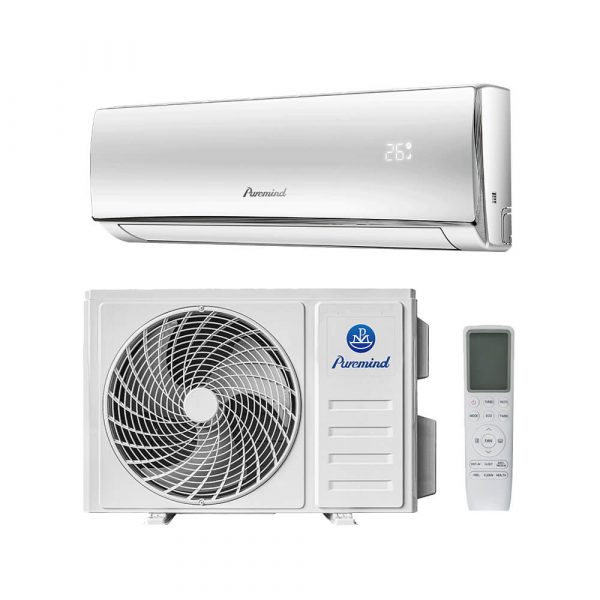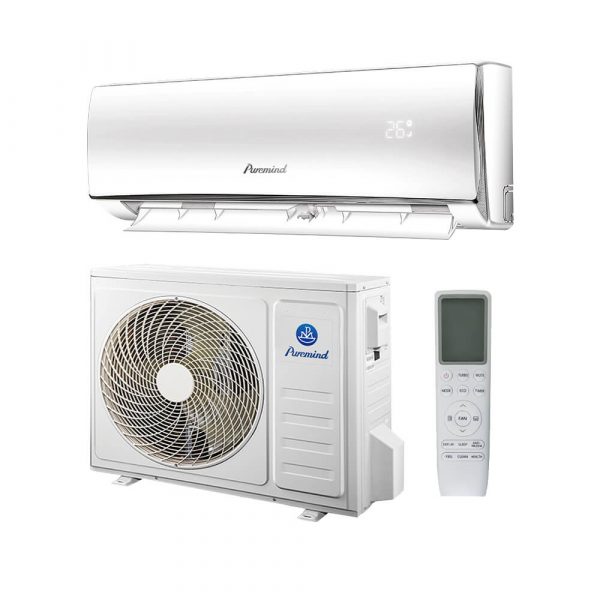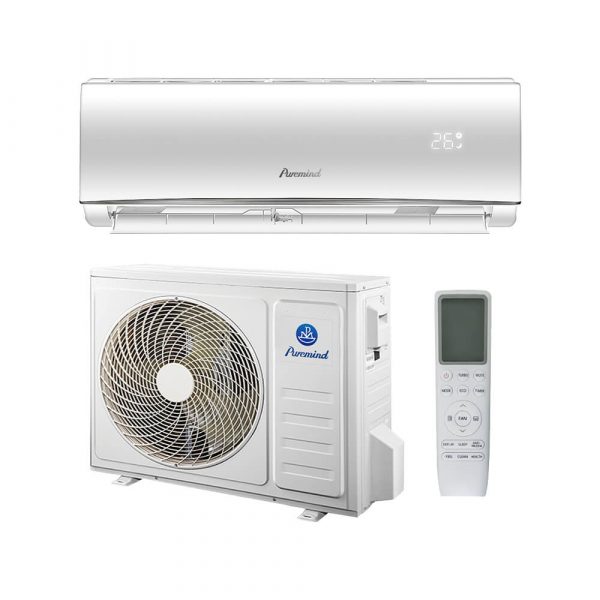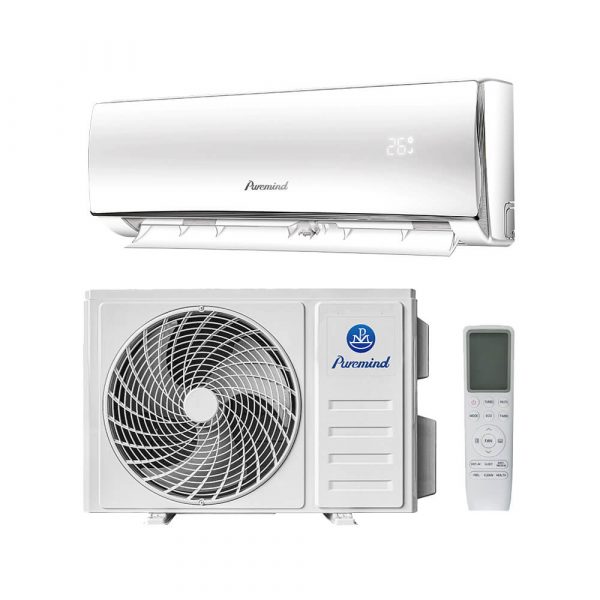Mini Split 3 Zone Air Conditioner: Efficient Comfort for Every Room
As homeowners seek energy-efficient and customizable climate control solutions, the mini split 3 zone air conditioner is becoming a popular choice. With its ductless design and zoned cooling capability, this system provides targeted comfort, reduced energy bills, and flexible installation options. This article explores how these systems work, their advantages, and what to consider before installation.
What Is a Mini Split 3 Zone Air Conditioner?
A mini split 3 zone air conditioner is a type of ductless HVAC system that connects one outdoor condenser unit to three indoor air handlers. Each indoor unit serves a specific “zone” or room, allowing independent temperature control and efficient operation.
This multi-zone approach is perfect for homes with varying comfort needs, such as upstairs/downstairs differences or sun-facing rooms that get warmer throughout the day.
How Does a Mini Split 3 Zone System Work?
The system is composed of four main components:
- Outdoor Condenser: The central unit that houses the compressor and sends refrigerant to the indoor units.
- Three Indoor Air Handlers: Wall-mounted or ceiling-mounted units that deliver cool or warm air to specific zones.
- Refrigerant Lines: Connect each indoor unit to the outdoor unit for heat transfer.
- Remote Controls/Thermostats: Each zone can be managed individually via remote or smart control systems.
The outdoor unit compresses and circulates refrigerant to the indoor units. Each air handler adjusts the temperature of its zone based on the user’s preferences, providing maximum comfort without wasting energy on unused areas.
Top Benefits of a Mini Split 3 Zone Air Conditioner
1. Individual Room Control
Each of the three zones can be set to a different temperature, giving household members personal comfort settings and reducing unnecessary cooling.
2. High Energy Efficiency
Because the system only cools the areas in use, it avoids the energy loss associated with traditional ducted systems. Many models are ENERGY STAR® certified.
3. No Ductwork Needed
This is ideal for older homes, remodels, or additions where installing ducts is costly or impractical.
4. Quiet Operation
The compressor is located outside, and modern indoor units operate quietly—perfect for bedrooms, offices, and nurseries.
5. Flexible Installation
Indoor units can be mounted on walls, ceilings, or recessed depending on the room layout and aesthetic preferences.
Best Use Cases for 3 Zone Mini Split Systems
- Homes with three primary living areas (e.g., living room, master bedroom, guest room)
- Multi-level homes needing independent temperature control on each floor
- Converted garages, basements, or home offices
- Homeowners looking to retrofit efficient cooling without tearing into walls
Installation Considerations
While mini split systems are easier to install than central HVAC systems, proper planning is still required. Here are a few things to keep in mind:
1. Capacity Sizing
Ensure the total BTU output of the indoor units doesn’t exceed the outdoor unit’s maximum capacity. Undersized systems won’t cool effectively; oversized systems waste energy.
2. Line Length and Routing
The distance between indoor and outdoor units affects performance. Installers must follow manufacturer guidelines for optimal refrigerant line length and elevation differences.
3. Electrical Load
Check if your home’s electrical panel can support the additional load. Professional electricians may need to install a dedicated circuit.
4. Drainage
Each indoor unit generates condensation. Ensure proper drainage lines are installed to prevent leaks or water damage.
Maintenance Tips
Like all HVAC systems, mini splits require regular maintenance to keep them performing efficiently:
- Clean or replace air filters every 4–6 weeks.
- Wipe down indoor units to remove dust and debris.
- Clear obstructions around the outdoor condenser.
- Have a professional check refrigerant levels annually.
Cost and ROI
The average cost of a mini split 3 zone system (including installation) ranges from $4,000 to $8,000, depending on brand, capacity, and installation complexity. While the upfront cost is higher than window or portable units, the long-term savings from energy efficiency and improved comfort can result in a return on investment within 3–5 years.
Mini Split vs. Central HVAC: Which Is Better?
Here’s a quick comparison to help you decide:
| Feature | Mini Split 3 Zone | Central HVAC |
|---|---|---|
| Installation | Non-invasive, no ductwork | Requires extensive ducting |
| Zone Control | Independent zone settings | Usually one thermostat |
| Efficiency | High, due to zoned cooling | Lower, duct loss common |
| Cost | Higher upfront, lower energy bills | Lower upfront, higher maintenance |
Where to Buy Reliable Mini Split Systems
Choosing a trusted manufacturer ensures you get a high-performance and durable unit. Explore our hand-picked selection of split air conditioners designed for energy efficiency and long-term reliability.
Conclusion
The mini split 3 zone air conditioner is a smart, flexible, and energy-efficient choice for homes needing room-by-room temperature control. It eliminates ductwork, lowers utility bills, and enhances indoor comfort. Whether you’re upgrading your HVAC or designing a new space, a 3 zone system is worth serious consideration.
Need help choosing the right system? Browse our collection of split air conditioners and find a solution tailored to your home’s layout and comfort needs.







